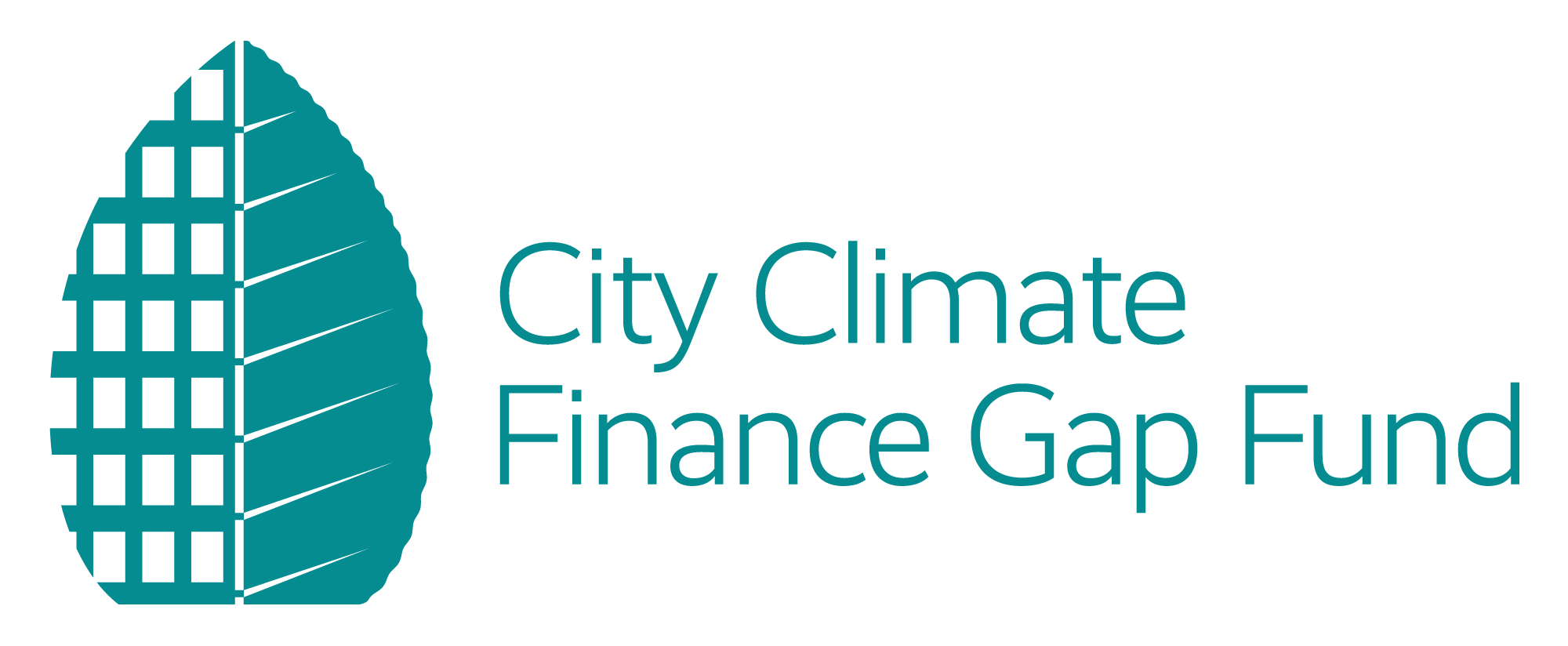Taking concrete steps to get climate finance to cities

This blog was written by Adel Strydom, Senior Communications Officer at ICLEI Africa, and Kale Roberts, Senior Program Officer at ICLEI USA.
Cities, regions and other local governments – where climate action so often ultimately plays out – are driving finance conversations at the summit. Yesterday’s #Time4MultileveAction dialogue brought the right people in the room to discuss clearing the way for finance to flow to cities – the place where transformative change ultimately happens.
Throughout Finance Day, and across many of the pavilions at the summit, we hear the same stats repeated. We need between $11 and $20 each year if we want to achieve the targets in the Paris Agreement. The governments closest to the citizens need to deliver and implement the actions that will do so, therefore they require a significant sum. Recent predictions state that each city with a population of more than 100,000 requires as much as $1 billion to make the needed change.
Yet, even though some progress has been made to clear the way for finance to flow from international funds all the way to the local governments, the same obstacles persist: subnational government mandates limit their ability access finance; they don’t have bankable projects; city officials don’t have the capacity to develop the robust project proposals needed to quality for funding; mitigation continues to receive the bulk of investments; and climate investment is competing with the provision of basic services and COVID-19 responses.
Yesterday afternoon’s Urban LEDS #Time4MultilevelAction Dialogue entitled Finance Flowing to Accelerate Climate Action: Innovation and Partnership took a particularly practical approach and the opening remarks from keynote speaker Bernhard Barth, Urban Environment Programme Coordinator, UN-Habitat set the tone.
“Every investment needs to be a climate investment. There should be no project that is not scrutinized for how they contribute to climate impacts and resilience-building. We need to make sure every dollar, pound, yen, and euro ticks every box in terms of climate, justice, and COVID-recovery.”
Cities speak up: Real examples of local-level climate finance experience
With the right knowledge and skill, local governments could consider a number of different finance mechanisms to reduce emissions and build climate resilience. For Arno Bonte, Vice Mayor of Rotterdam, the second largest city in the Netherlands, it is only possible with the engagement of the private sector.
“It’s crucial in the energy transition to have close cooperation with the private sector. The only role we can play from the local government is to help this huge funding come true.”
Rotterdam is actively working with their regional and national governments to align strategies and claim the role to link the companies on the ground wanting to be part of the energy transition.
In South Africa, the Steve Tshwete Local Municipality is taking a different approach. In these developing communities, climate action is not top of mind. Instead, the projects that get funding preference are those that provide basic services. Angel Masia, Director, Environmental and Solid Waste Management explains how, through the EU-funded Urban LEDS project, the municipality has adopted an open-minded approach to partnering and finding opportunities.
“As municipalities, we can’t just sit back and say there are no funds. Instead we find ways to partner with communities and the private sector to not only address service delivery, but also climate change.”
The municipality is open to many funding sources, including grants and private funds to either completely fund the project or find a blended finance solution. They actively conduct feasibility studies to strengthen business proposals that could lead to public-private partnerships. Working with communities, they’ve found it’s possible to start implementing projects without a capital budget. And to get the coveted council buy-in needed to drive projects, they are including job opportunities in their proposals.
The Director also mentioned the importance of preparing bankable projects to access climate finance. In this sense, they got support through the ICLEI- led Transformative Actions Program (TAP), a project preparation facility that supports local and regional governments to transform their low emission and resilient infrastructure concepts into mature and finance ready projects. The initiative selects projects globally and provides services to mitigate the gaps faced when accessing climate finance.
The TAP pipeline has 67 projects, out of which Envigado from Colombia was also present at the session.The Secretary of the Ministry of Environment, Nicolas Arenas, highlighted some of the major obstacles that local governments face in obtaining funds for mitigation and adaptation projects. One of the main challenges, according to Arenas, is to align the interests of both governments and funding providers. An additional challenge is the lack of knowledge at the local level about the climate finance instruments, which leads local and regional governments to trust in their own resources which are insufficient.
What solutions do the finance experts offer?
The panel brought financial experts into the room to shine light on possible solutions they offer. Augustin Maria, Senior Urban Specialist, World Bank, is positive that cities are already making great strides in the right direction.
“It’s great to see that cities are ready to act. More than 6000 have already prepared climate action plans. But this represents only 20% of the urban population. We need more robust action plans and for these plans to transmit into action.”
Both the Gap Fund and the International Municipal Investment Fund (IMIF) support local governments in taking their completed climate action plans, which include identified actions that will limit emissions and build resilience forward. Jean-François Habeau, Executive Director at The Global Fund for Cities Development (FMDV), believes local governments alone should not be required to go beyond this, therefore they assist them in identifying projects and preparing the proposals to apply for the needed funding.
“In the Global South, cities are trying to create bankable projects — but it’s not their role! Their role is to create guiding visions and strategies. That’s why we have the Gap Fund, other project preparation facilities and IMIF – to provide technical assistance.”
Localizing climate finance in line with the Paris Agreement
While these mechanisms are certainly assisting cities in accessing finance, and progress has been made since COP21 in Paris, success stories remain limited and local governments still struggle to meet all the requirements for climate funding. According to Yunus Arikan, Director of Global Advocacy at ICLEI, also acting as the focal point for the Local Governments and Municipal Authorities Constituency (LGMA), we need more concrete mention of urban finance in global agreements.
The LGMA proposes that Article 6.8 in the Paris Agreement, which is still being finalized, should include non-market territorial development, especially six key words: “Sustainable, integrated, urban and territorial development”.
David Jackson, Director, Local Development Finance at The United Nations Capital Development Fund (UNCDF), agreed strongly and highlighted that we need two specific elements to achieve this.
“First, some kind of guarantee facility that allows cities to access central money without impinging on the sovereign liability. Second, public money for climate needs to be recognized as better spent by cities, not ministries. It should not go to regulators, but to those who work on the implementation. Local government finance is climate finance. That has to be the motto.”
Local governments alone cannot be responsible for climate action and its finance implications
Similar to many sessions at COP26 and global continued research, these discussions highlighted again the role of local governments in meeting the Paris Agreement goals, yet the message yesterday was clear: While cities know their needs best and should take ownership of robust climate action planning, they are not solely responsible for taking the actions they identify all the way to implementation. Bella Tonkonogy, Cities Climate Finance Leadership Alliance (CCFLA) Secretariat stated this pointedly in her closing remarks.
“Cities can’t do this alone. They don’t have the financial or human capacity and they don’t control all the financial solutions that can be used.”
Multilevel action, not only across levels of government, but also between governments, civil society, the private sector and beyond, continues to be the key approach in truly transforming our cities, regions and nations.
